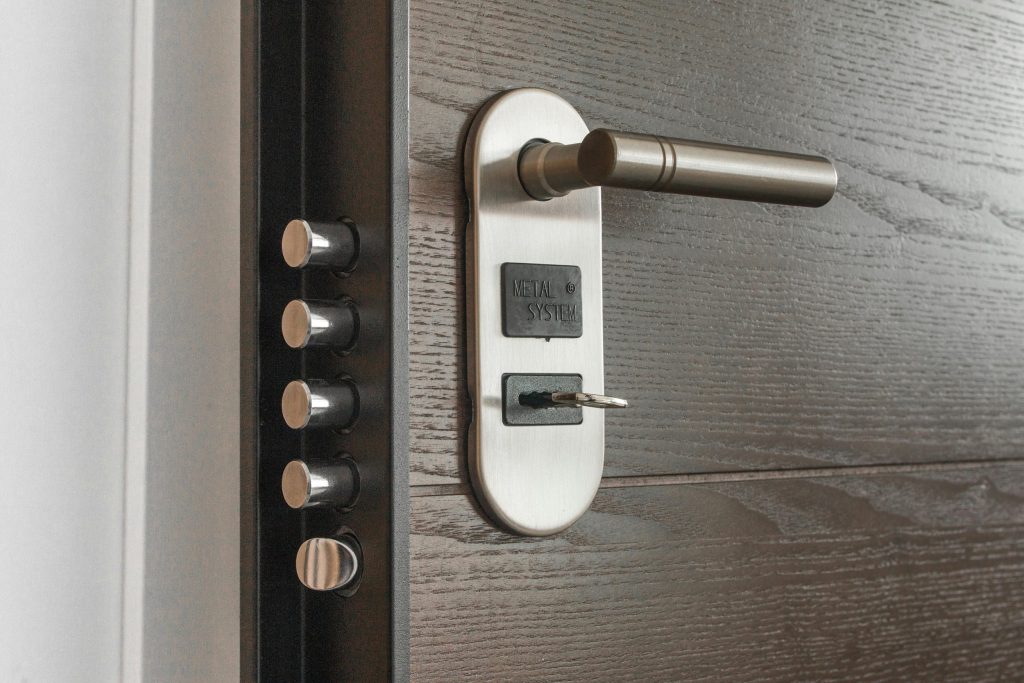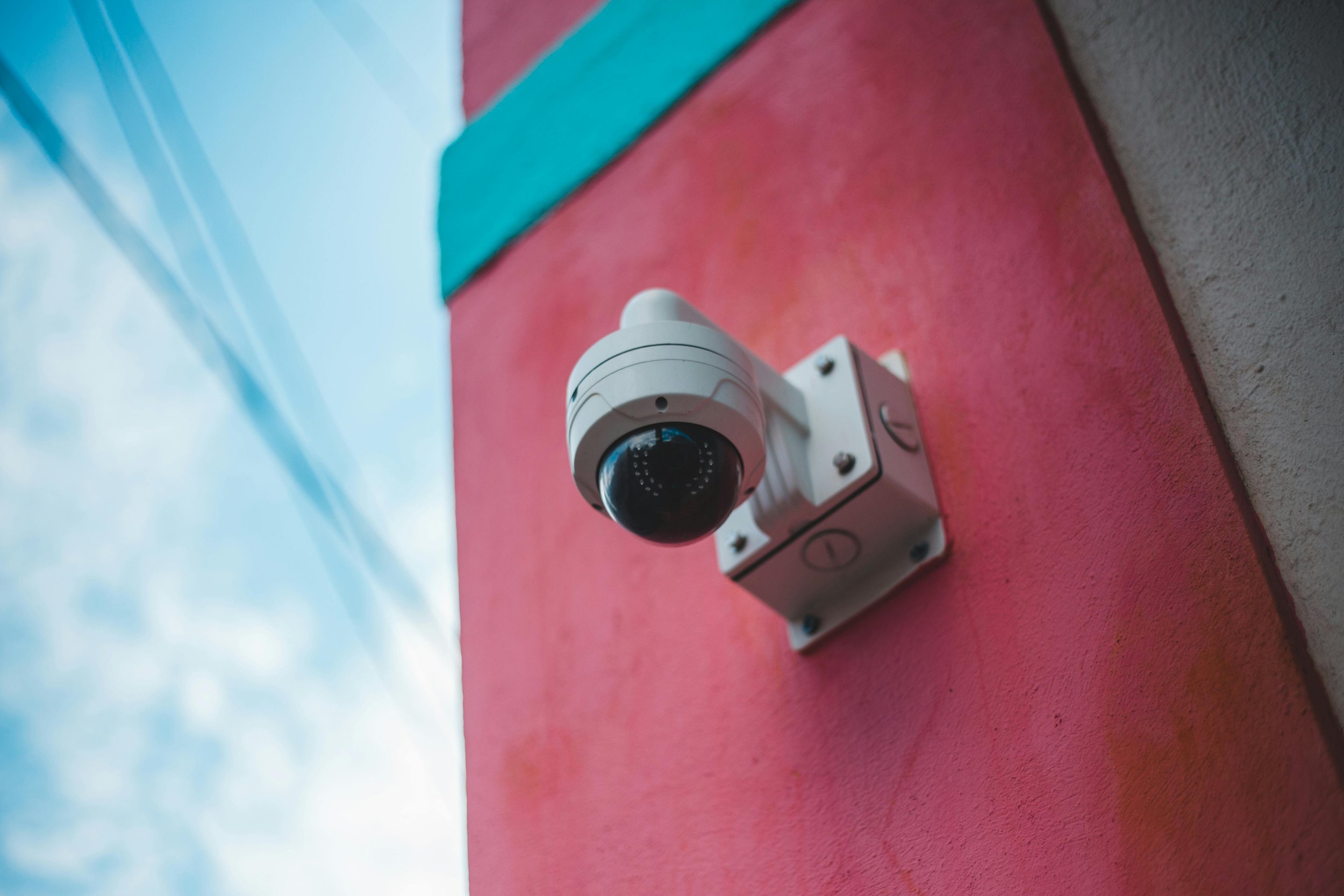When it comes to securing your home, every entry point needs to be considered. While door locks and surveillance cameras often take the spotlight, windows are equally critical in ensuring your home’s safety. Window contacts, also known as window sensors, play a pivotal role in detecting unauthorized entry through windows. This article will guide you through choosing the right window contacts for your home security system, ensuring you make an informed decision to protect your household effectively.
Understanding Window Contacts
Window contacts, or alarm contact sensors, are devices that detect the opening and closing of windows. These sensors typically comprise two parts: a magnet and a sensor. The magnet is mounted on the window, while the sensor is mounted on the frame. When the window is closed, the magnet aligns with the sensor, completing a circuit. The circuit is broken if the window is opened, triggering the alarm system.
There are various types of window contacts available, each designed to meet different security needs and preferences. The most common types include surface-mounted, recessed, and wireless contacts. Understanding the differences between these types will help you choose the best option for your home.
Surface-Mounted Contacts
Surface-mounted contacts are the most common type of window sensor. They are easy to install and can be used on almost any type of window. These sensors are visible as they are mounted on the surface of the window and frame. Despite their visibility, surface-mounted contacts are highly effective and reliable.
One of the key advantages of surface-mounted contacts is their simplicity. They can be installed using screws or adhesive, making them a great DIY project for homeowners. Additionally, their visible nature can act as a deterrent to potential intruders. However, some homeowners may find them aesthetically unappealing due to their conspicuous placement.
Recessed Contacts
Recessed contacts offer a more discreet option for homeowners concerned about their security devices’ appearance. These sensors are installed within the window’s frame, making them virtually invisible when the window is closed. This type of sensor is ideal for those who want to maintain the aesthetic integrity of their home while still ensuring robust security.
Installing recessed contacts requires more effort and precision compared to surface-mounted contacts. It often involves drilling holes into the window frame to accommodate the sensors. Due to the complexity of installation, many homeowners opt to hire professionals for this task. Despite the additional installation effort, recessed contacts provide an elegant solution for window security without compromising the visual appeal of your windows.
Wireless Contacts
Wireless window contacts are becoming increasingly popular due to their ease of installation and versatility. These sensors do not require wiring, making them ideal for rental properties or homes where running wires is impractical. Wireless contacts communicate via radio with the home security system, ensuring seamless integration with other wireless security devices.
One of the primary benefits of wireless contacts is their flexibility. They can be easily moved and reinstalled if you decide to change the layout of your security system or move to a new home. Wireless contacts are often equipped with battery indicators, alerting you when it’s time to replace the batteries. However, it is essential to regularly check the battery levels to ensure continuous operation of your security system.
Factors to Consider When Choosing Window Contacts
When selecting window contacts for your home security system, several factors must be considered to ensure you choose the right option for your needs. First and foremost, consider the type of windows in your home. Different types of contacts may be more suitable for specific window designs. For example, surface-mounted contacts may work well on sliding windows, while recessed contacts might be better for double-hung windows.
Another critical factor is the level of security you require. Investing in high-quality, tamper-resistant contacts is crucial if you live in a high-crime area or have valuable assets to protect. Additionally, consider the compatibility of the contacts with your existing security system. Ensure that your chosen sensors seamlessly integrate with your system to provide comprehensive protection.
Ease of installation is also a key consideration. Surface-mounted or wireless contacts may be more suitable if you prefer a DIY approach. However, recessed contacts might be the best choice if you prioritize aesthetics and are willing to invest in professional installation. Lastly, consider your budget. While security should never be compromised, options are available at various price points to suit different financial constraints.
Conclusion

Choosing the right window contacts for your home security system is crucial in safeguarding your property. By understanding the different types of window contacts and considering factors such as window type, security level, compatibility, installation ease, and budget, you can make an informed decision that enhances your home’s security. Whether you opt for surface-mounted, recessed, or wireless contacts, the right choice will provide peace of mind and a secure environment for you and your family. Remember, a well-secured home is safe, and investing in quality window contacts is an essential part of any comprehensive security strategy.
